‘The Wife Drought. Why Women need Wives and Men need Lives’ by Annabel Crabb
Review by Lisa Mulligan
The Wife Drought is a humorous and data driven take on why women need a wife to contribute fully in the workplace, and why men need to take advantage of parental leave and flexible work and “lean out” at times. Annabel argues that men are currently enjoying the advantage of having a wife at home looking after everything, freeing them up to succeed and progress. While women are still doing the lion’s share of childcare and domestic work. Don’t we know it?
I mostly enjoyed this book. It is well researched and provides many tangible examples however it is clear for the most part that not much has changed in Australia. The stereotype of women expecting to bow out of the workforce when they have children and then perhaps only work part-time if at all, while Men, with the security of someone looking after everything at home continue to rise in their career and make more money than their feminine counterparts. These stereotypes also prevent men from accessing parental leave in any significant way and allow them to continue to hire people just like them (because their aren’t enough women to choose from. Apparently).
Annabel Crabb is relatively well known in Australia, predominately for her journalistic work in the political arena, having written for many of Australia’s large media outlets. She has also hosted and been a guest on a number of regular TV shows in Australia on political and national interest topics. She is married with three children with both herself and her husband working fulltime. She has experienced the juggle and reality of the content she writes about in this book.
Overall I thought this book was a great read however while each chapter has a unique topic (including musing on what a wife is worth and to work in the public sphere you need a wife) the themes of not much changing in the Australian landscape persists. Annabel, using uniquely Australian humour and context artfully blended with careful research and relevant data.
The content is potentially not useful outside of Australia except for high level themes like encouraging men to use flexible work opportunities and the gender pay gap. The examples and people referred to are mainly related to an Australian context and uses Australian statistical data. In many cases if you are not familiar with some of the historical figures and humour of Australia I think it would be hard to understand.
She references some of the thought leaders in this space (specifically Sheryl Sandberg author of Lean In) and intelligently challenges some of the thinking and themes that prevent women from Leaning in and contributing more.
It’s a great book but somewhat depressing in the lack of progress seen in Australia in challenging male/female and husband/wife stereotypes. It also doesn’t reference other forms of family types outside of the traditional nuclear family. Perhaps that’s for another book?
